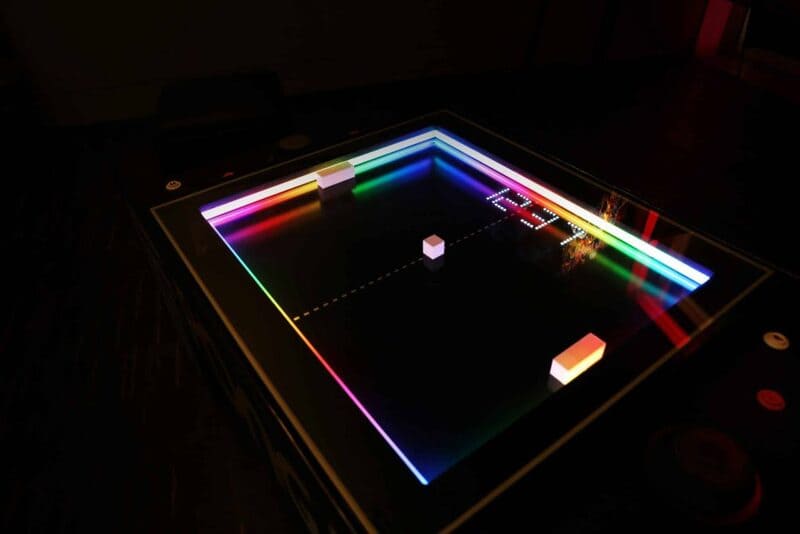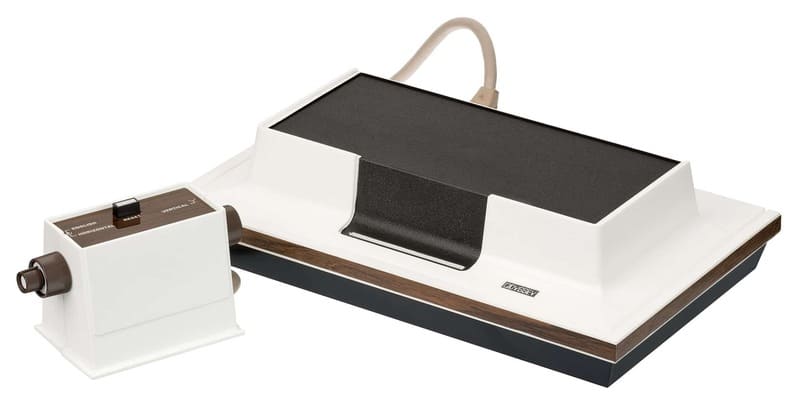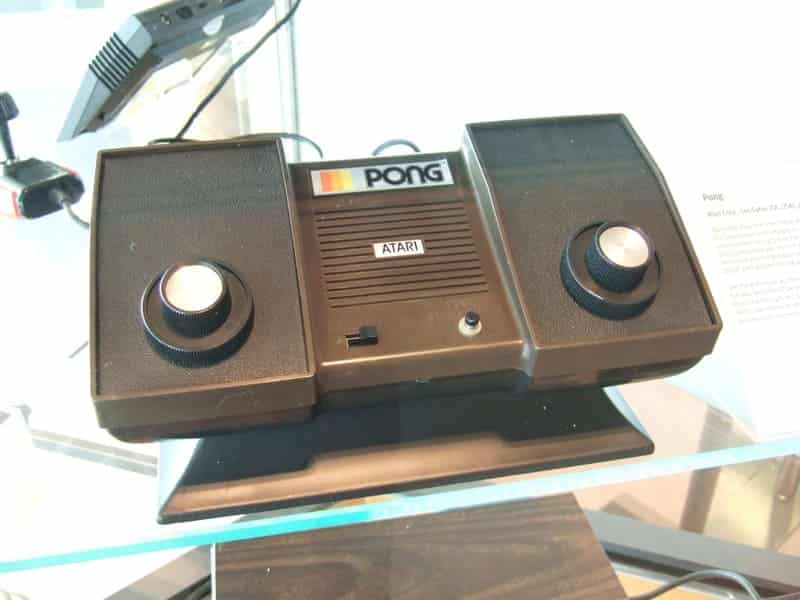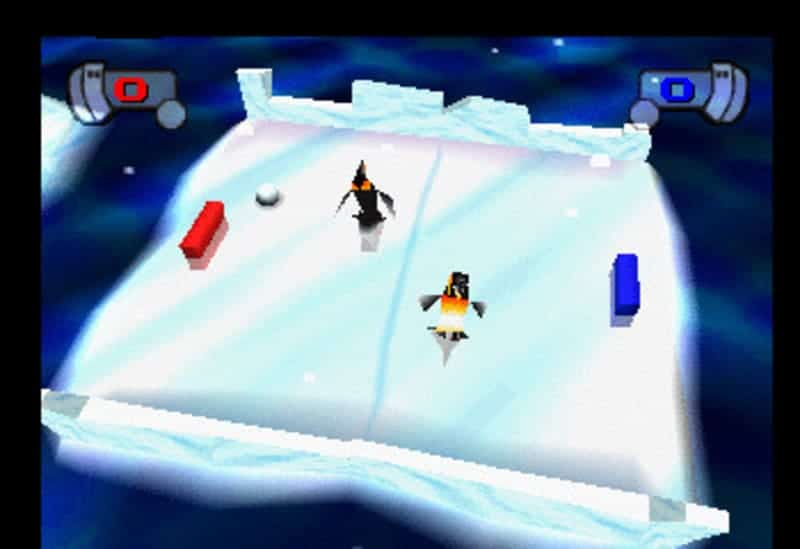Pong is often an underappreciated game. Many remember it because of how simple and primitive it is to modern video games, but video games, old and new, owe a lot to this 1972 Atari classic. It was the first key innovation in kicking off the worldwide gaming industry. This game turned video games from a niche to a mainstream form of entertainment.
Origins of Pong
Pong is often described as the “first video game,” but this is a common misconception. Pong isn’t even Atari’s first video game. Before Atari was Atari, it was called Syzygy. The founders of Syzygy, Nolan Bushnell and Ted Dabney, created the arcade game Computer Space in 1971, inspired by Spacewar!, a computer game dating back from 1962. Computer Space is the earliest example of a commercially successful video game, selling over 1000 cabinets. Its success would lead the pair to continue their efforts in video games.
Another significant predecessor was the Magnavox Odyssey, a home video game console released in 1972. It featured a table tennis game very similar to Pong. The similarity in the games was so heavy that Magnavox sued Atari in 1974 for patent infringement and won. Fortunately, Atari licensed the patent so that they could continue to sell this hot new game.
Pong‘s Rise to Fame
Pong was originally an arcade game. It came in a giant wooden cabinet with a bulging CRT screen. The “controllers” were two metallic knobs on the front of the cabinet. The game was designed by engineer Allan Alcorn under the supervision of Bushnell and Dabney and released in November 1972. It was appealing for multiple reasons. First of all, it’s simplistic. Although Computer Space was successful, it was also complex, and many found it too hard. Pong, on the other hand, features simple gameplay inspired by table tennis. Another aspect of the appeal was that it was a two-player-only game, which meant that it facilitated social interaction.
The tennis game was highly successful, selling over 35,000 cabinets. Its success led Atari to become a household name. This success attracted competitors, many of whom began selling equivalents of the game, known as Pong clones. Many powerhouses of the gaming industry, such as Sega, Taito, and Midway, entered the video game market by selling clones. The craze surrounding Atari’s game also led to versions playable at home on a TV. Atari released their version of Home Pong in 1975. Many competitors to Atari also sold home versions of their clones.
Impact and Legacy
Pong made Atari a trendsetter. Many of Atari’s most successful games in the 1970s were cloned by their competitors. In 1976, Atari released the classic Breakout, which, similar to previous successes, had many remakes and clones. Atari also transformed the home video game market with the Atari 2600, the first widely successful gaming console to feature interchangeable cartridges. This would pave the way for some of the most influential consoles in gaming history, such as the NES and Sega Genesis. One of the 2600’s launch titles was Video Olympics, a port of Pong. Nearly every gaming company that existed in the 1970s was imitating Atari. Even Nintendo released home clones, known as the Color TV-Game consoles.
Pong‘s influence extends beyond the ’70s as well. For example, in 1999, Pong: The Next Level, a re-imagining with power-ups and 3-D graphics, was published under the Atari brand for the PlayStation 1. Even as recently as 2022, Atari 50 features Pong, alongside many other classic Atari games. A series of unsuccessful consoles would lead to the demise of Atari’s hardware business in the 1990s. Despite this, the impact of Atari and Pong can still be felt today.
For More Great Content
Total Apex is an all-encompassing content producer. We provide heavily-detailed articles daily on entertainment, gaming, sports, and so much more! Check out all our great sports content Total Apex Sports. Check us out on X @TotalApexEandG and our other sites: Total Apex Entertainment, Total Apex Gaming, Total Apex Sports Bets, and Total Apex Fantasy Sports.





